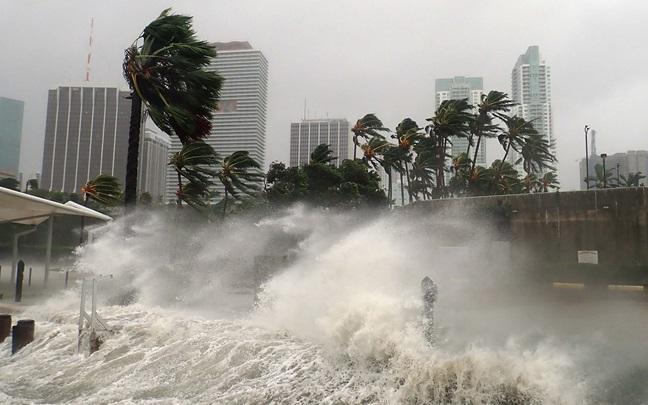Helping you outsmart climate risk
How will the increasing intensity and frequency of physical climate hazards affect your premises, operations, supply chains and workforce? How can you respond in the most effective and efficient way? Can you leverage analytics to manage the risks and potential opportunities of your organization's changing risk profile? Our industry and climate risk experts, advanced analytics and data sets help you manage physical climate risks and optimize the opportunities.
You can reduce climate-related impacts and volatility with our powerful combination of risk consulting expertise, industry specialists and advanced climate data analytics, based on our ability to translate physical and transition risks into financial impact. We help you understand climate-driven losses and financial value at risk, enhancing your risk finance strategy and reducing climate-driven uncertainty.
Optimizing your climate risk journey
We optimize your climate risk approach by tailoring climate risk solutions to your specific risks and connecting you with WTW specialists in your industry, as well as our experts in:
- Physical climate risk
- Climate transition risk
- Climate data analytics
- Alternative risk transfer solutions
- Climate reporting
We reveal the right climate risk approach for your organization, wherever you are on your journey, recognizing your combination of climate risk knowledge and needs is unique.
Whether you need support identifying, quantifying, managing, transferring or reporting on your climate risks, we help you find a smarter way forward.
Join some of the world’s biggest companies, asset owners, investors, non-governmental organizations and government authorities strengthening their resilience and growth with our decades-long, award-winning history in modeling, analyzing and responding to climate risks.












